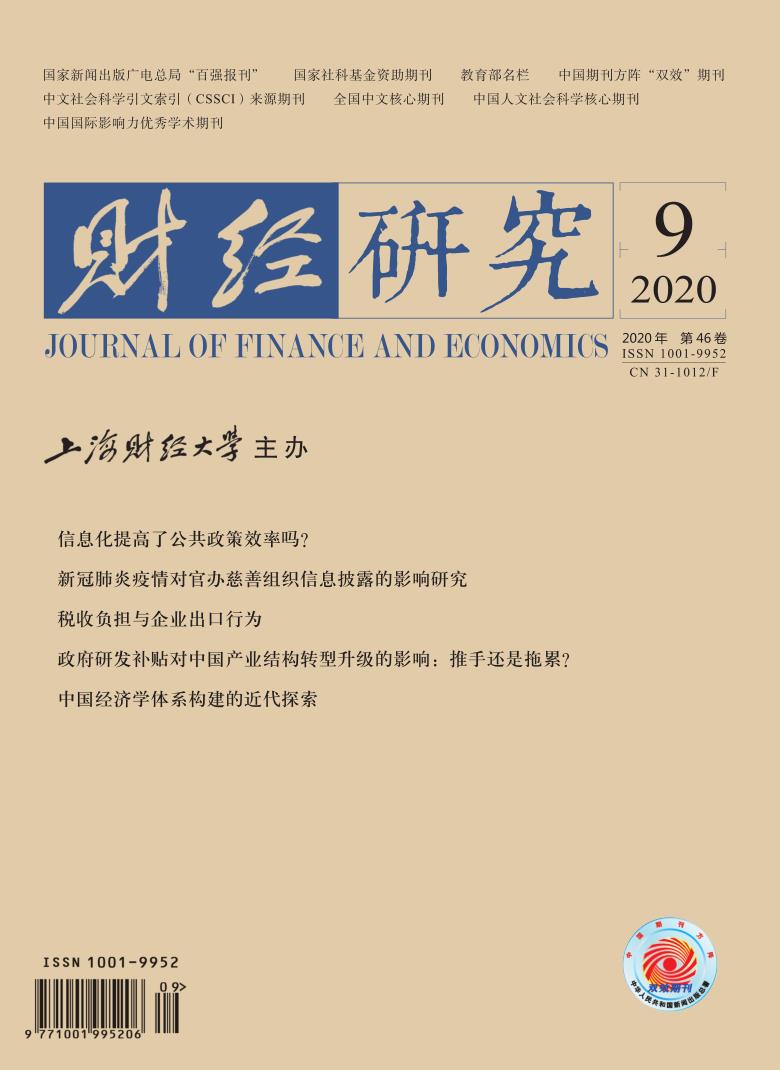The overall debt ratio of China’s economy has risen sharply in recent years, which implies greater financial risks. Therefore, deleveraging is imperative. Deleveraging policy will affect the corporate debt structure, reduce the proportion of corporate financial debt financing, and increase the proportion of corporate operating debt financing. The bank-enterprise relationship will also affect the corporate debt structure, but contrary to the deleveraging policy, it will increase the proportion of corporate financial debt financing and reduce the proportion of corporate operating debt financing. These characteristics incur important theoretical and policy questions: Would deleveraging and the bank-enterprise relationship conflict with each other on the corporate debt financing structure? What is the concrete manifestation of such conflict if it exists?
Taking China’s A-share listed companies from 2003 to 2016 as samples, the study finds that: (1) Deleveraging will reduce the proportion of financial liabilities and increase the proportion of operating liabilities. (2) The bank-enterprise relationship will increase the proportion of financial liabilities and long-term liabilities, and reduce the proportion of operating liabilities and short-term liabilities. (3) During the deleveraging period, compared with enterprises without bank-enterprise relationship, the proportion of operating liabilities and short-term liabilities is lower for enterprises with bank-enterprise relationship; while during the period of credit easing, the bank-enterprise relationship has no significant influence on the corporate debt structure.
This paper may have the following contributions: (1) It systematically investigates the differential impact of deleveraging and bank-enterprise relationship on corporate debt structure and examines the possible conflict between them. Deleveraging would increase the use of operating liabilities and reduce the proportion of financial liabilities; while the effect of bank-enterprise relationship on corporate debt structure is the opposite. It is helpful for us to have an insight into the impact of deleveraging and bank-enterprise relationship on corporate debt financing structure. (2) It identifies the macro-policy conditions under which the bank-enterprise relationship could work. It is true that the bank-enterprise relationship can bring financing facilities to enterprises, but such financing facilities only exist in the period of easy credit. During the deleveraging period, it cannot increase the total amount of corporate debt financing, which suggests that the bank-enterprise relationship has limitations, and enterprises need to keep sober all the time, not to rely too much on this relationship form. (3) It also has some enlightenment to the development of China’s financial market. From the perspective of debt structure, the proportion of operating liabilities far exceeds that of financial liabilities, and the proportion of short-term liabilities far exceeds that of long-term liabilities. Moreover, according to the historical statistical charts made in this paper, the above gap has an accelerating trend of expansion by years. This shows that China’s financial market fails to play an adequate financial function in serving the real economy, which leads to enterprises having to seek an expedient measure to occupy the operating liabilities for a long time. Therefore, financial regulators should consider how to solve the problems of structural debt financing for enterprises.






 7253
7253  8324
8324

